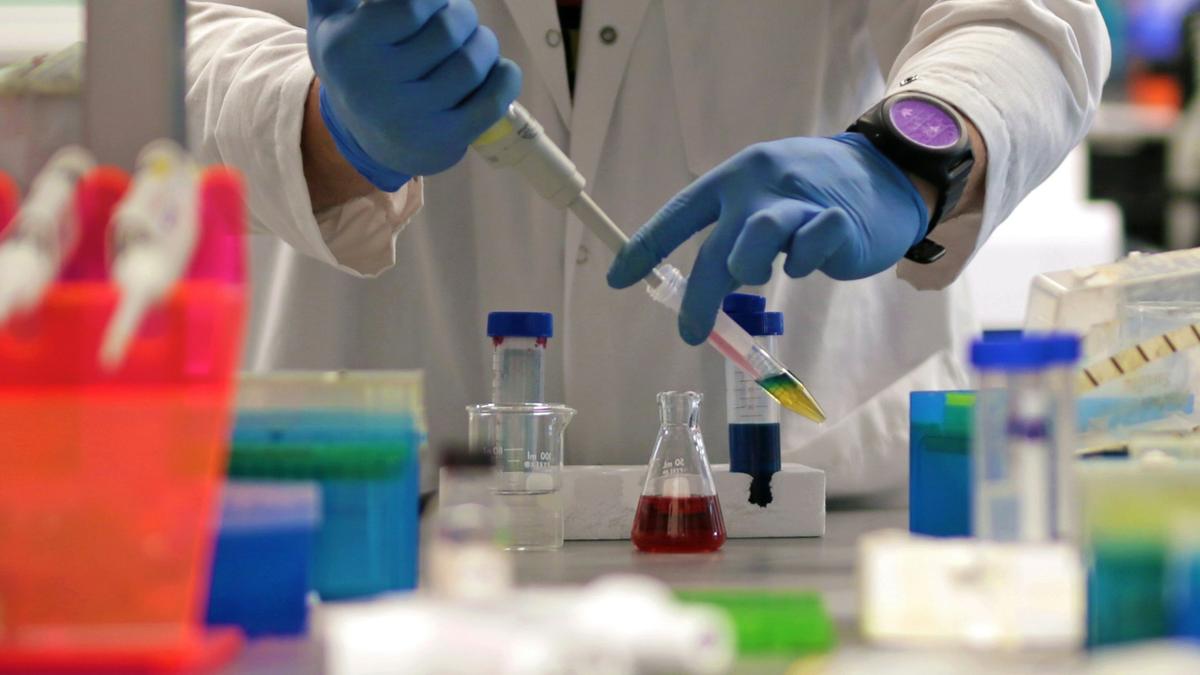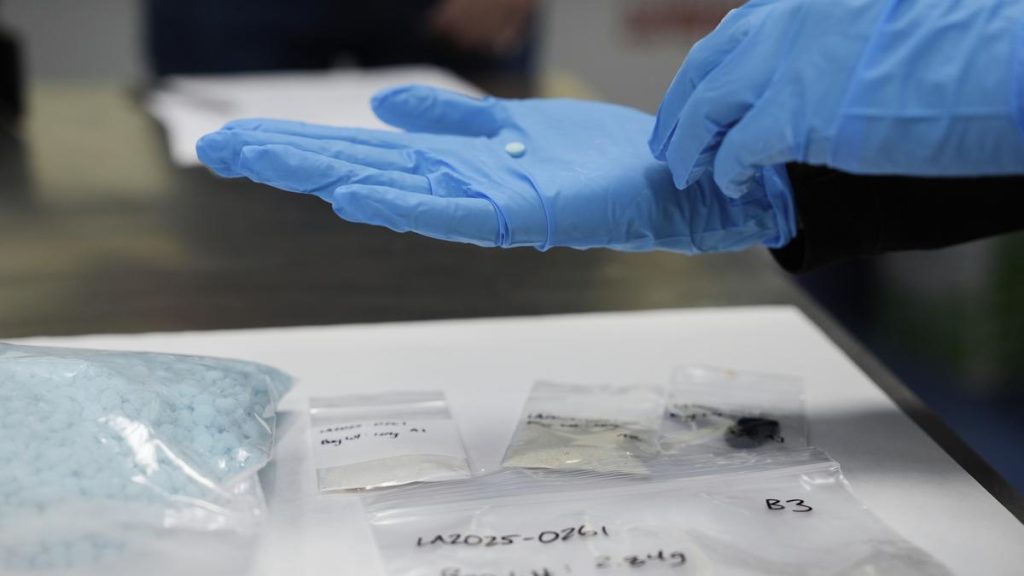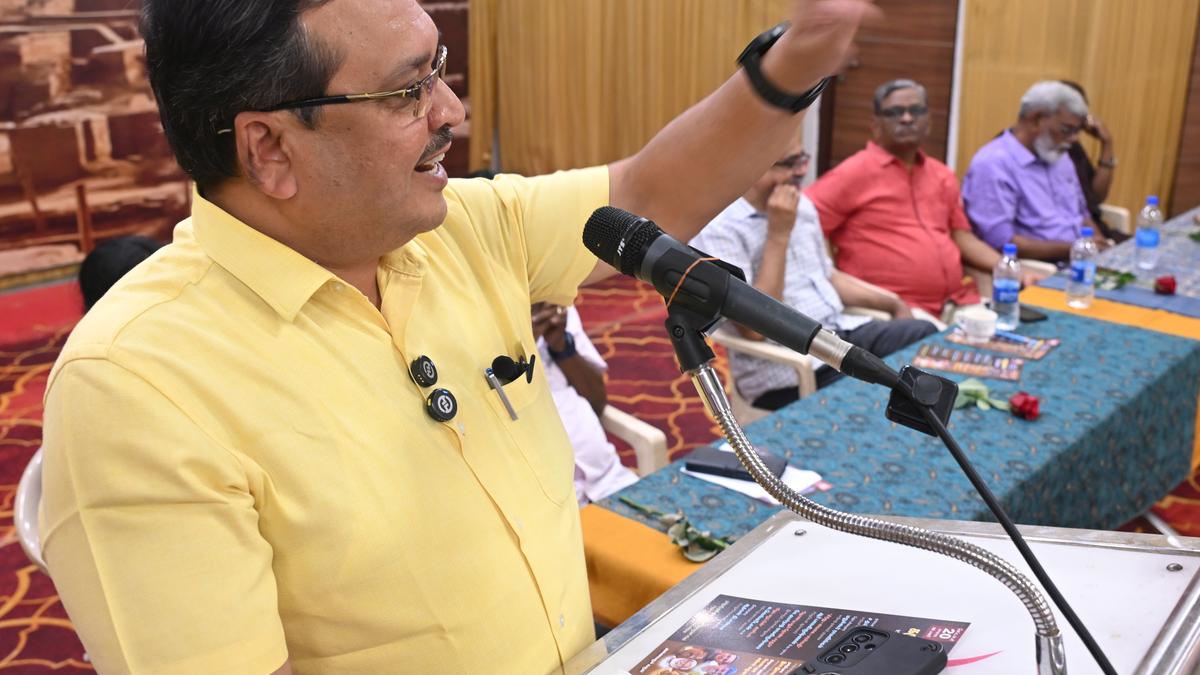Now Reading: ICMR Impact Scale Raises Concerns Over Public-Interest Research
-
01
ICMR Impact Scale Raises Concerns Over Public-Interest Research
ICMR Impact Scale Raises Concerns Over Public-Interest Research

Quick summary
- Proposal: the Indian Council of Medical Research (ICMR) introduced the Impact of Research and innovation Scale (IRIS) to measure the impact of biomedical, public health, and allied research projects using publication-equivalents (PEs) as units.
- Metrics:
– peer-reviewed primary research articles or systematic reviews = 1 PE.
– Research cited in policies/guidelines = 10 PEs.
– Patents = 5 PEs.
– Commercial devices used at scale = 20 PEs.
- Advantages:
– Provides a standardised framework for evaluating diverse medical and health research impacts across disciplines,including biochemistry,public health,etc.
– Incentivises innovation beyond just citable academic papers and ensures funding allocation based on measurable impacts.
- Concerns:
– Risk of overlooking impactful narrative/commentary papers (e.g., those introducing transformative models like biopsychosocial medicine).
– Potential skewing in favor of commercialized technologies over community/public health initiatives like nutrition programs for TB patients or Home-Based Neonatal Care models.
- Recommendations include incorporating transparent growth processes with national-level consensus-building studies and ensuring adherence to robust ethics standards.
For full details: Read more
Indian Opinion Analysis
The ICMR’s introduction of the IRIS system represents an prospect to streamline how India assesses the societal contributions of its biomedical and public health research. By placing measurable metrics like publication-equivalents at its core, IRIS may stimulate researchers to focus on long-term impact rather than solely academic recognition. However, concerns arise regarding its balance; emphasizing commercial outcomes could detract from essential basic science work that often serves as the foundation for future advances.
Balancing incentives between commercialization and non-commercialized yet crucial interventions-such as policy-driven advancements-will be critical to avoid alienating researchers focusing on public benefit initiatives.As an example, undervaluing groundbreaking community-based programs risks jeopardizing India’s progress in tackling widespread health challenges such as TB.
Development openness will be key; broader collaboration through mechanisms like Delphi studies can ensure ethical evaluation standards while mitigating biases in assigning value across differing forms of scholarship. As a major influence on India’s healthcare sector outcomes globally, ICMR must ensure that any criticism around potential distortions within IRIS fuels refinement rather than division.
India needs a balanced approach here to sustain innovative efforts within both academia and commercial industry while upholding scientific ideals focused on social welfare improvement.























